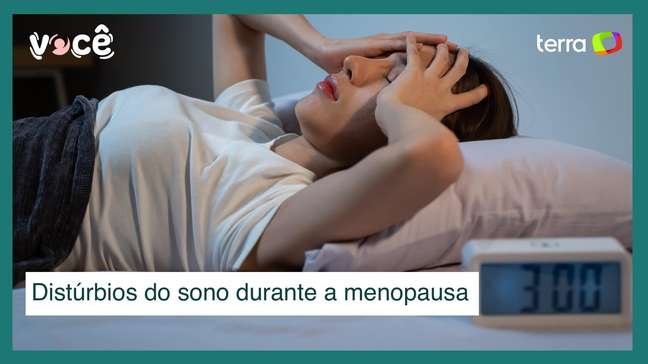The psychologist explains how the first manifestations appear, their causes and possible solutions to the problem. Anxiety is a recurring symptom among adults. Especially after the pandemic period, this condition has become even more recognized and discussed among scholars, doctors, scientists and other professionals. However, even if it is not a topic addressed with the […]
The psychologist explains how the first manifestations occur, their causes and possible solutions to the problem
Anxiety is a recurring symptom among adults. Especially after the pandemic period, this condition has become even more recognized and discussed among scholars, doctors, scientists and other professionals. However, even if it is not a topic discussed as frequently as desired, anxiety can manifest itself in an even more specific group: children.
According to a study by the U.S. National Survey of Children’s Health, the number of children diagnosed with anxiety has grown nearly 30 percent in the past five years. From the survey, carried out on approximately 174 thousand children, it also emerged that the number of depressive manifestations increased by 27%. And, during the pandemic alone, there has been a 21% increase in the number of children recognized for “misbehavior.” The reasons that led to these notable changes are multiple. But the main causes can be defined and reported to parents, to avoid instability in the mental health of this population.
Signs of childhood anxiety
Patrícia Candeia has been a clinical and school psychologist for 12 years and, since 2020, one of the numerous professionals associated with Baby Concierge, a platform in the maternal-child niche that offers educational content. According to the expert, the first observable symptoms of childhood anxiety are: accelerated speech and thinking, selective mutism, sweating, tremors, crying for no apparent reason, irritability and controlling behavior. The probable causes of these symptoms, according to the psychologist, can vary between external requests, self-criticism and comparison. As well as the glut of digital games.
An issue that arouses discussion among parents is, in addition to the first signs, when these events can begin. And, as incredible as it may seem, the specialist points out that the first symptoms appear in the first years of life. It also states that this misinformation could be the result of parental fears related to the use of medicines. “Symptoms usually appear in the early years of life. I therefore believe that parents’ resistance to addressing the topic of emotions is due to the fear that any unregulated manifestation will become a disorder that must necessarily be treated with medical therapy.”
Childhood anxiety isn’t always bad!
Although anxiety is cited as an exclusively negative condition, Patricia also says that this is not the only way to view the dysfunction. “Anxiety, like any other emotion, cannot be understood as something absolutely negative. It is innate in human beings and teaches us a lot about how we face life. However, what we must pay attention to is the dysregulation of a emotion. Exacerbated anxiety needs treatment.”
Considering the harmful symptoms resulting from anxiety, it is necessary to define prudent ways to treat them. In this sense, the doctor establishes that the work of parents is the main assistant in the fight against these signs. “It is important that there is a change in parental relationships. With the help of those responsible to identify the triggering factors, it is possible to avoid them and therefore reduce them. In many cases, after the definitive diagnosis of anxiety disorder according to the Diagnostic and Statistical Manual of Mental Disorders, it is also recommended to start psychotherapy, combined with the guidance offered to parents”, he concludes.
Parents are also anxious
A survey commissioned by VR to the Instituto Locomotiva shows that 28% of companies admit that after the start of the pandemic there was an increase in cases of employees with mental health problems. According to the survey, anxiety disorders were the top issue noted by companies reporting an increase, affecting 84% of employees. Depression is the second biggest problem, affecting 52%, followed by burnout, with 21%, and panic syndrome, with 19% of responses. “It is very important that companies practice empathy, care about people and focus on the overall health of their employees,” explains João Altman, executive director of People, Marketing and Culture at VR “Develop initiatives that bring greater balance between personal and professional life, it makes the working day lighter, improving the quality of life”, he concludes.
Source: Terra
Ben Stock is a lifestyle journalist and author at Gossipify. He writes about topics such as health, wellness, travel, food and home decor. He provides practical advice and inspiration to improve well-being, keeps readers up to date with latest lifestyle news and trends, known for his engaging writing style, in-depth analysis and unique perspectives.







